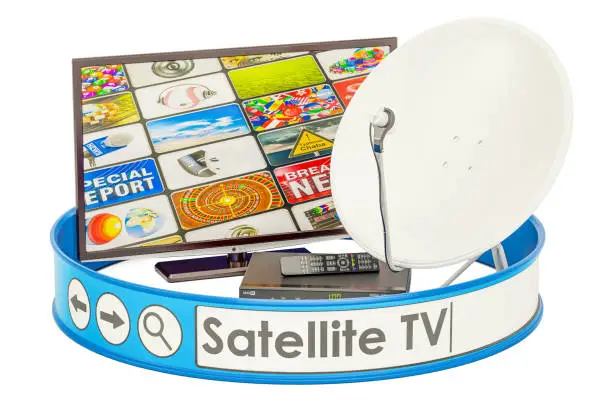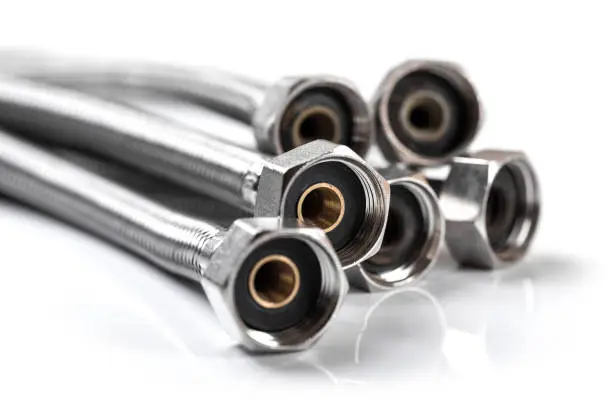In the rapidly evolving semiconductor and technology industries, competition among key players is fierce. Two companies making significant strides in this space are Montage Technology and Astera. Both have carved out niches with innovative products and cutting-edge solutions, but the question remains: how are these two tech giants competing in such a high-stakes market?
The challenge they face is not just staying ahead of the curve, but pushing the envelope with technologies that can reshape industries. While Astera has been recognized for its advancements in certain areas, Montage Technology has been making aggressive moves to challenge its dominance.
In this blog, we’ll dive into how Montage Technology is positioning itself to compete head-to-head with Astera, exploring their respective strengths, innovations, and strategic moves that could determine who will lead in the coming years.
Background: Montage Technology
Montage Technology was founded with the aim of developing innovative, high-performance semiconductor solutions. With a strong emphasis on data center, networking, and broadband applications, Montage has rapidly grown to become a prominent player in the semiconductor space. Its product portfolio includes digital signal processors (DSPs), high-speed analog-to-digital converters (ADCs), and other cutting-edge technologies. The company’s ability to innovate and meet the growing demand for high-performance solutions has positioned it as a strong competitor in the industry. Montage’s focus on providing cost-effective, energy-efficient solutions has also made it an attractive choice for clients looking to balance performance with sustainability.
Background: Astera
Astera, on the other hand, has been a long-standing player in the market, known for its expertise in advanced signal processing and high-performance solutions for various industries, including telecommunications, automotive, and cloud computing. Astera’s product lineup includes high-end DSPs, network processors, and integrated circuits designed for demanding applications. With a focus on providing robust, reliable, and scalable solutions, Astera has gained significant traction, particularly in the data center and communication sectors. Its reputation for quality and reliability has allowed it to build strong relationships with large enterprise customers, giving it a solid foothold in the market.
Competitive Landscape
Both Montage Technology and Astera occupy similar niches within the semiconductor industry, offering complementary products that cater to high-performance computing needs. While Astera has traditionally been seen as a more established brand, Montage has been catching up quickly by introducing innovative products and aggressive pricing strategies. In terms of market share, Astera still holds a larger portion due to its early-mover advantage, but Montage is steadily gaining ground. Montage’s ability to offer high-performance solutions at competitive prices has made it a strong contender in head-to-head competition with Astera. The landscape is evolving, with both companies focused on staying ahead through innovation and customer-centric solutions.
Technological Innovations Driving Competition
Montage Technology has made significant strides in advancing its semiconductor technologies. One of its most notable innovations has been in the field of high-speed analog-to-digital conversion. By introducing more efficient and higher-performance ADCs, Montage has been able to meet the growing demands of data centers and networking applications. Its focus on energy-efficient designs has also allowed it to cater to industries that require both power and cost efficiency.
Astera, on the other hand, continues to innovate with its advanced DSPs and signal processing technologies, which have become crucial for applications in telecommunications and automotive systems. The company has focused on developing systems that can handle large amounts of data with minimal latency, a key requirement for modern data-driven industries. Astera’s integration of AI and machine learning capabilities into its products has further strengthened its competitive position, as it enables more intelligent and efficient data processing.
Both companies have made major strides in adapting their products to meet the demands of emerging technologies like 5G, AI, and cloud computing, which are driving rapid growth in the semiconductor sector.
Strategic Moves: Partnerships, Acquisitions, and Collaborations
Both Montage Technology and Astera have recognized the importance of strategic partnerships and collaborations in driving growth. Montage has focused on forming key alliances with leading technology companies to expand its product offerings and gain access to new markets. For example, its partnership with major cloud service providers has helped it secure a foothold in the growing cloud infrastructure space.
Astera, similarly, has leveraged partnerships to extend its reach. Its collaborations with global telecommunications companies have allowed it to remain at the forefront of developments in 5G and next-gen communication systems. Additionally, Astera has made several key acquisitions to enhance its product portfolio and expand its capabilities in AI-driven signal processing.
Both companies understand the value of collaboration, and their ongoing efforts to form partnerships and acquisitions are critical to remaining competitive in such a fast-paced industry.
Challenges Faced by Both Companies
Despite their successes, both Montage Technology and Astera face significant challenges in competing in a saturated and rapidly changing market. Montage’s challenge lies in scaling its operations to meet the increasing demand for high-performance, energy-efficient solutions. The company also faces the hurdle of competing against established players like Astera, which has a more extensive customer base and brand recognition.
For Astera, the main challenge is maintaining its competitive edge as new entrants, like Montage, continue to innovate and offer comparable technologies at lower prices. Additionally, as the industry shifts toward more specialized and customized solutions, Astera needs to ensure it adapts quickly to changing customer needs while protecting its existing market share.
Market Trends and Future Outlook
The semiconductor industry is currently experiencing a wave of technological transformations. Trends like 5G adoption, AI integration, and the increasing need for data processing power are reshaping the market landscape. Both Montage Technology and Astera are positioning themselves to capitalize on these trends.
Montage is likely to continue focusing on energy-efficient and cost-effective solutions for data centers and broadband applications, while Astera will likely maintain its leadership in high-performance signal processing for telecommunications and automotive sectors. The competition between these two companies is expected to intensify as the demand for next-generation technologies grows, with both vying for dominance in emerging markets.
Conclusion
In the battle for market share in the semiconductor industry, both Montage Technology and Astera have their strengths and challenges. While Astera remains a dominant force due to its established presence and high-performance offerings, Montage Technology’s aggressive innovation and strategic positioning have made it a formidable competitor. As the industry continues to evolve with emerging technologies, the competition between these two companies will shape the future of the semiconductor market. Only time will tell who will come out on top, but one thing is clear—both companies are poised for significant growth as they push the boundaries of technology.
Call to Action
As the competition between Montage Technology and Astera continues to unfold, it’s crucial for industry professionals to stay informed about the latest developments. Follow us for more updates on the ongoing battle in the semiconductor sector, and feel free to share your thoughts on how you think this competition will shape the future of technology.






